AI in Manufacturing Industry and its uses
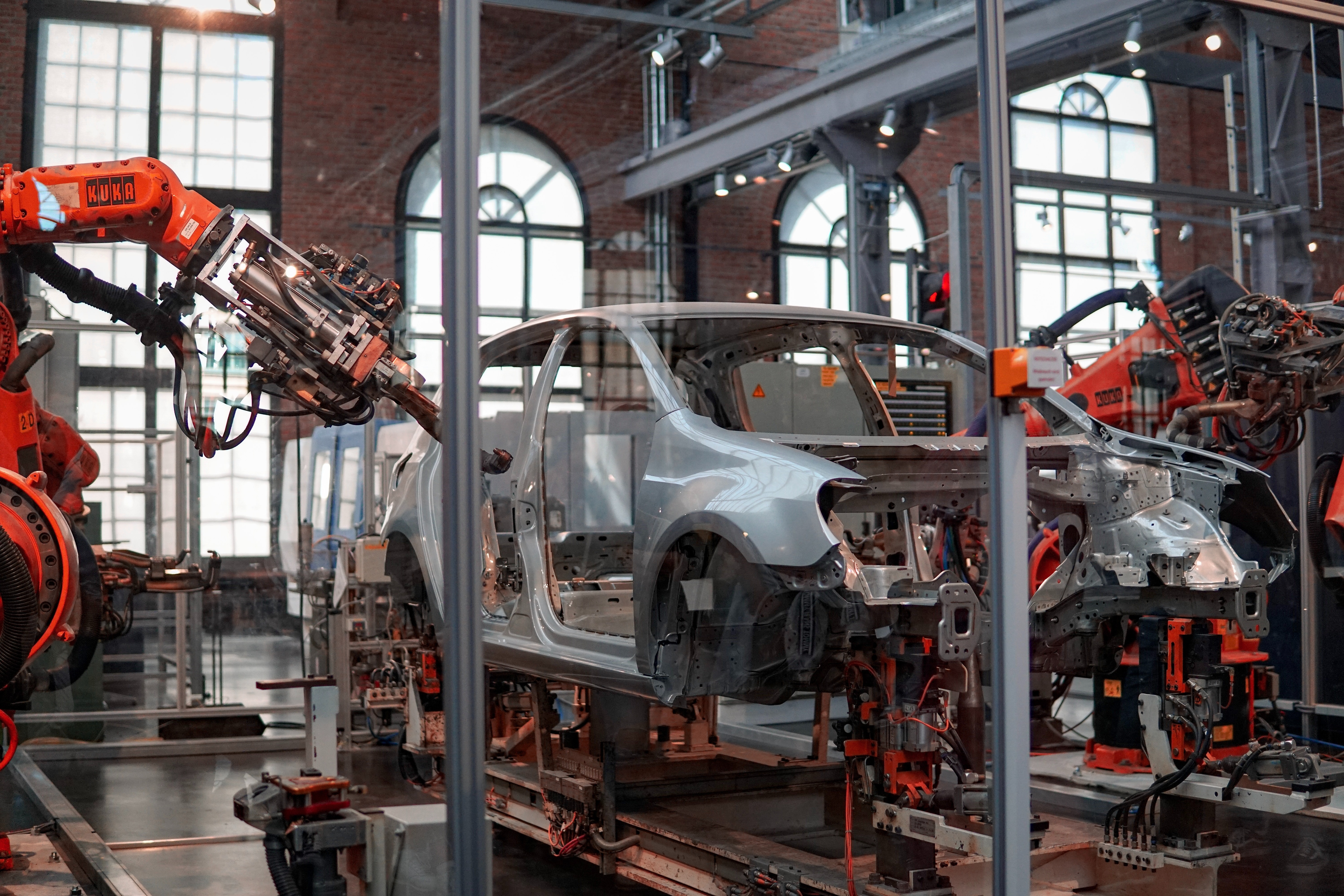
Ever wondered how we have evolved from the old stone age to the present day with many innovations, inventions, and discoveries? We have even seen an evolution in technology, be it from stone tools which were discovered 2 million years ago by Homo habilis then to the present fourth Industrial Revolution that is ruling more than 90% of the globe with technologies like Artificial Intelligence and Machine learning, quantum computing, 5G, Edge Computing, Virtual Reality and Augmented Reality and more.
Let us understand more about the use of new age technology - Artificial Intelligence to be specific, in manufacturing. The market size of Artificial Intelligence in Manufacturing was estimated to be USD 2.3 Billion in 2022 and is anticipated to be USD 16.3 Billion by 2027; growing at a CAGR of 47.9% from 2022 to 2027 as published in markets and markets
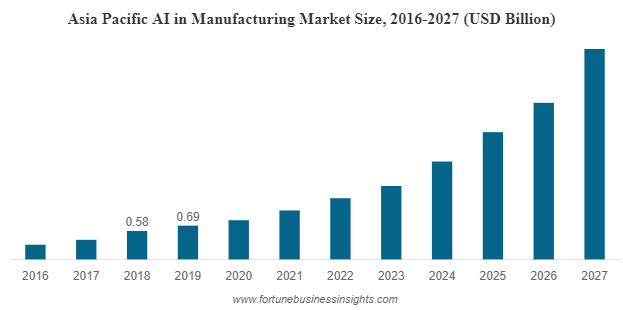
Source-https://www.fortunebusinessinsights.com/artificial-intelligence-ai-in-manufacturing-market-102824
A Brief Introduction to Artificial intelligence#
Artificial intelligence (AI) is the ability of a machine to perform tasks that typically require human intelligence, such as visual perception, natural language understanding, and decision-making.
AI applications can be deployed in a number of ways, including:
1.Machine learning(ML): This is a method of learning/teaching through data. Machines develop the ability to understand, predict, detect and generate insights without being explicitly programmed.
2.Natural language processing(NLP): This involves teaching computers to understand human language and respond in a way that is natural for humans.
3.Robotics: This involves the use of robots to carry out tasks that would otherwise be difficult or impossible for humans to do. Predictive analytics: This is a method of using artificial intelligence to make predictions about future events, trends, and behaviors.
4.Computer vision: This is the ability of computers to interpret and understand digital images.
Artificial Intelligence in Manufacturing#
AI can be used in manufacturing in a variety of ways:
Optimizing production lines to improve quality control.
Improving the efficiency of manufacturing processes, as well as identifying and correcting errors.
Creating customized products, as well as developing new manufacturing processes.
>In Automobile Industry#
AI has made a tremendous and almost unbelievable change in the automotive industry. In an article mentioned in Forbes, Wendy Gonzalez, the CEO of Sama said that the global autonomous market will grow from $5.6 billion in 2018 to $60 billion in 2030, making it clear that self-driving cars will gain significant ground.
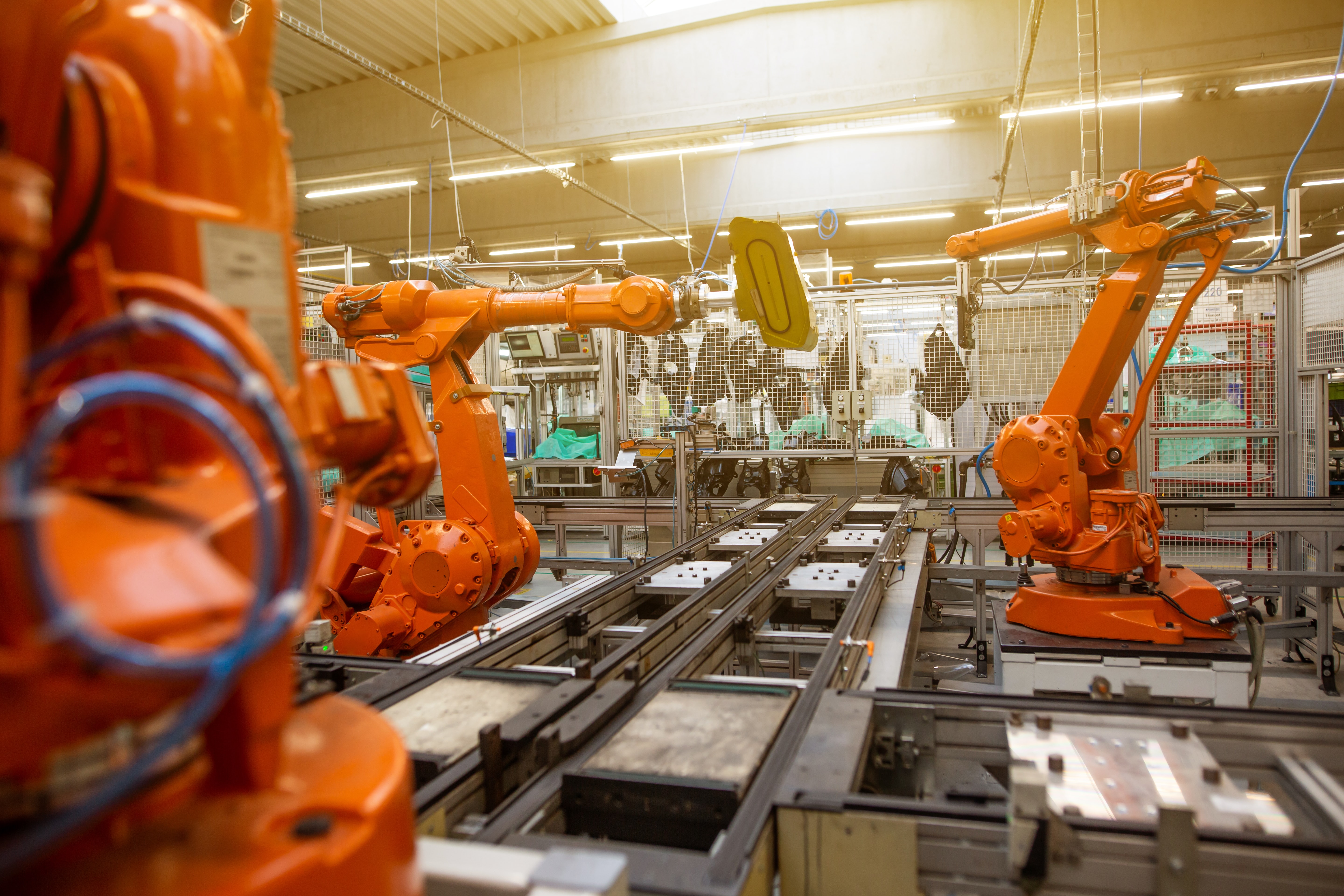
AI has an impact in these areas in Automobiles:
Driver Monitoring Examples: In Tesla( one of the leaders in the AI automotive industry) vehicles have a feature ‘AI-powered Interior camera’ above the rear-view mirror to improve cabin safety which monitors drivers' eyes and predicts their state of behavior like drowsiness and this helps to avoid road accidents
Risk assessment- The AI technology helps humanity with the complex car control system which we have today such as park assist, control brakes, engaging drivers' safety when an accident is yet to happen, steering, and many more
Self Driving cars(Autopilot)
Voice-based command to start the engine- seen in Mercedes-Benz
>In Product Development#
AI can play a valuable role in product and process development by analyzing data from past experiments and making recommendations for improvement. This can help organizations to identify areas where they can make improvements, and develop new products and processes that are more efficient and effective.

AI can help to automate repetitive tasks in product and process development, freeing up employees to focus on more creative and strategic work.
>In Quality control#
Quality control is the process of ensuring that a product or service meets the standards set by the company. It is important to have quality control in place to ensure that the products or services you offer are up to the expectations and meet the needs of your customers.
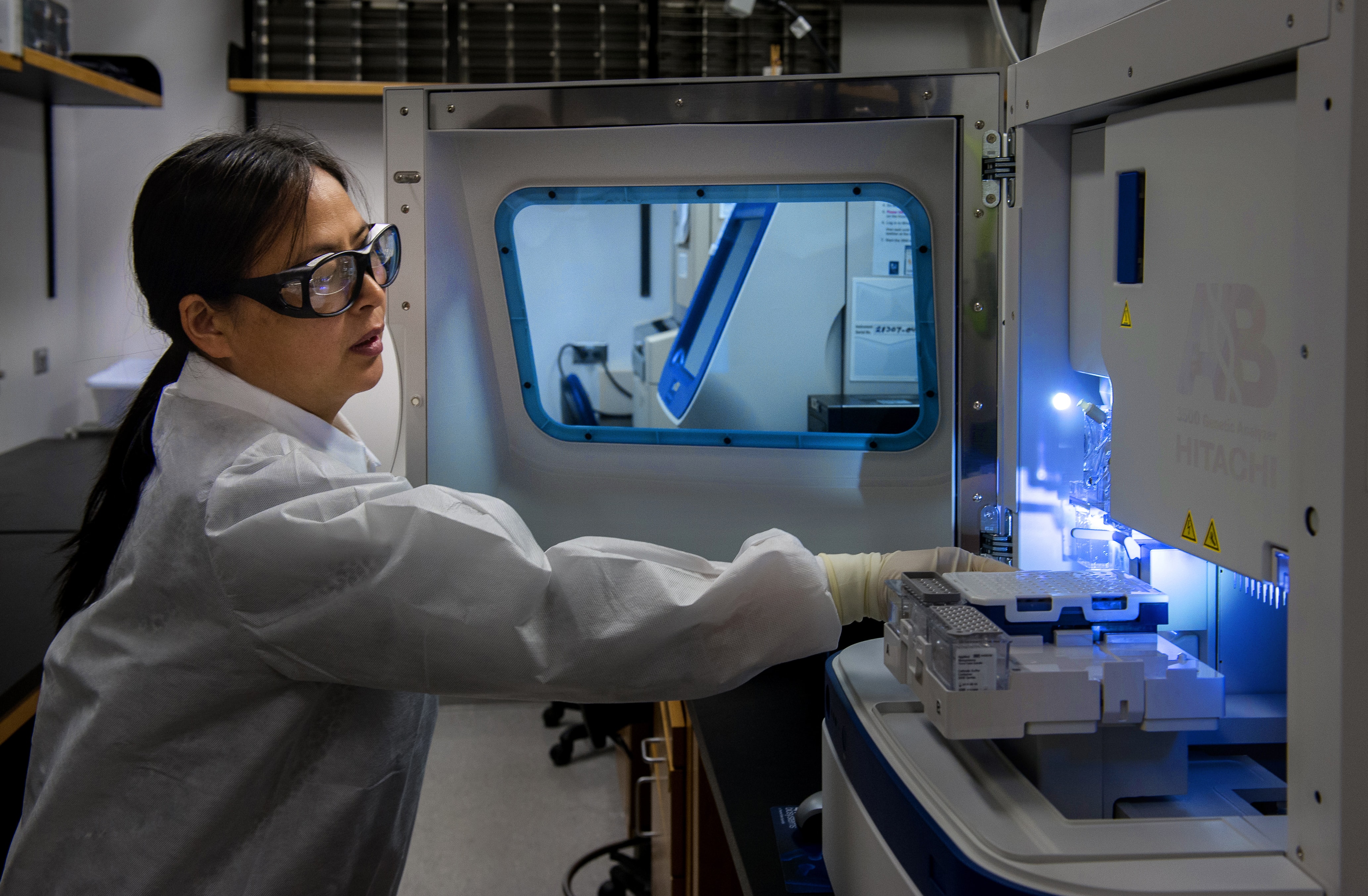
Quality control using computer vision(AI) detects the manufacturing process and identifies if there are any minor cracks, inconsistent shape errors, missing objects in the motherboard, wiring and etc.
Examples: Electronics manufacturing, Food Quality control, pharmaceutical industries, and various service sectors.
>In Production line efficiency#
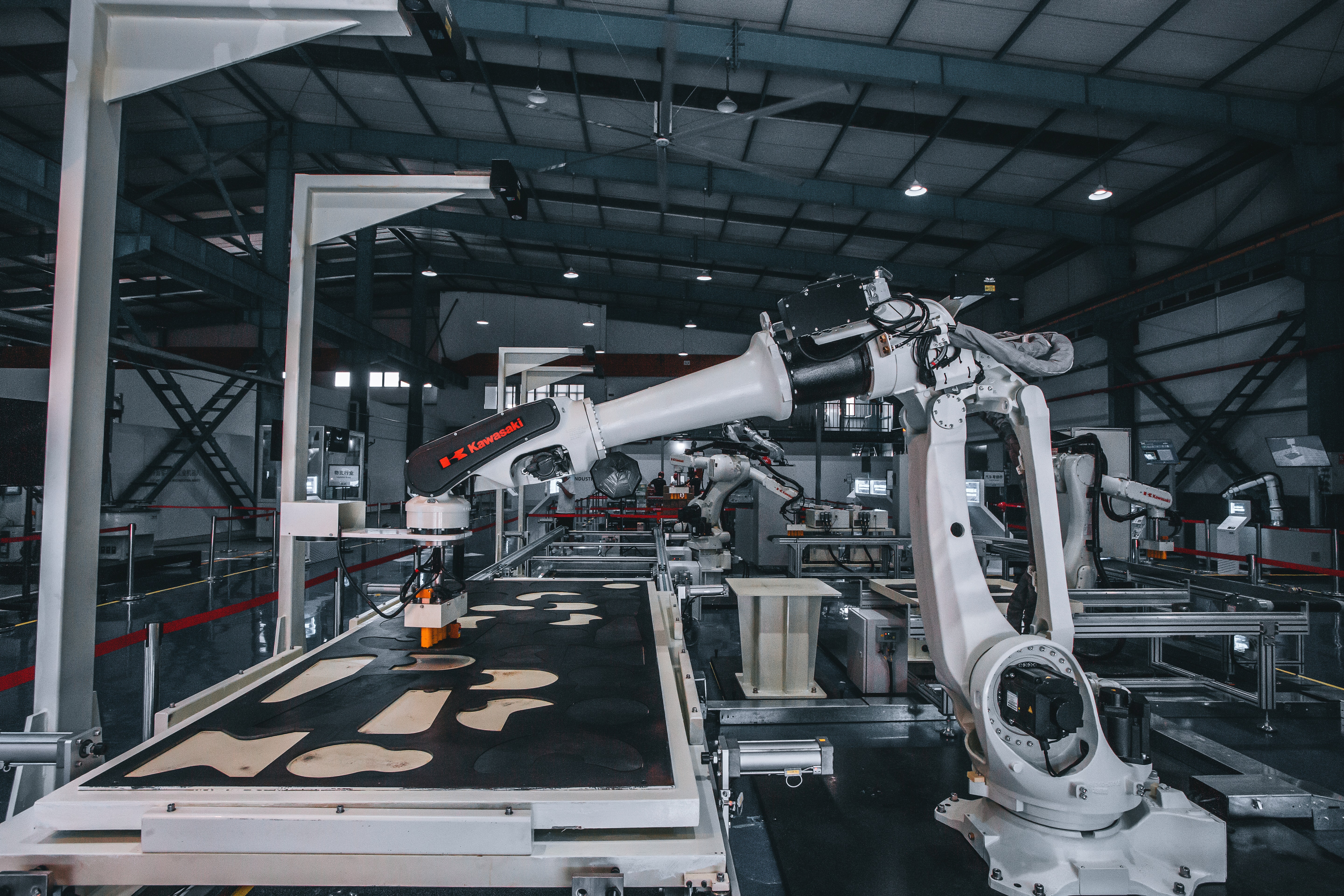
Production line efficiency is a measure of how well a production line is performing. It is often used as a metric to compare different production lines or to track the performance of a production line over time. There are many factors that can affect production line efficiencies, such as the number of workers, the type of equipment, the layout of the production line, and the process itself.
Here they would install many sensors between the machines with HD cameras to scan and monitor the flow and feed the data into the databases and use the same data in other flows too.
“According to McKinsey Global Report - those factories using AI in their production lines can generate as much as $37 trillion in value per year in 2025
Example: If a production line has stopped working because of some breakage then the AI will send the message to the supervisor saying that the problem is in so and so area. Predictive analytics can even help predict when an accident or breakdown is likely to happen.
Conclusion:#
Artificial Intelligence is already having a transformative effect on a number of industries, including healthcare, finance, manufacturing, and transportation. As AI continues to evolve, it is likely to have an even greater impact on our lives and the way we live.
To know how you can add Artificial Intelligence to your business to increase your efficiency and profitability, schedule a free consultation with Saaragh by reaching us at [email protected]